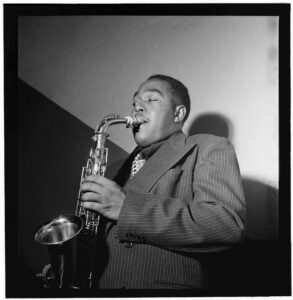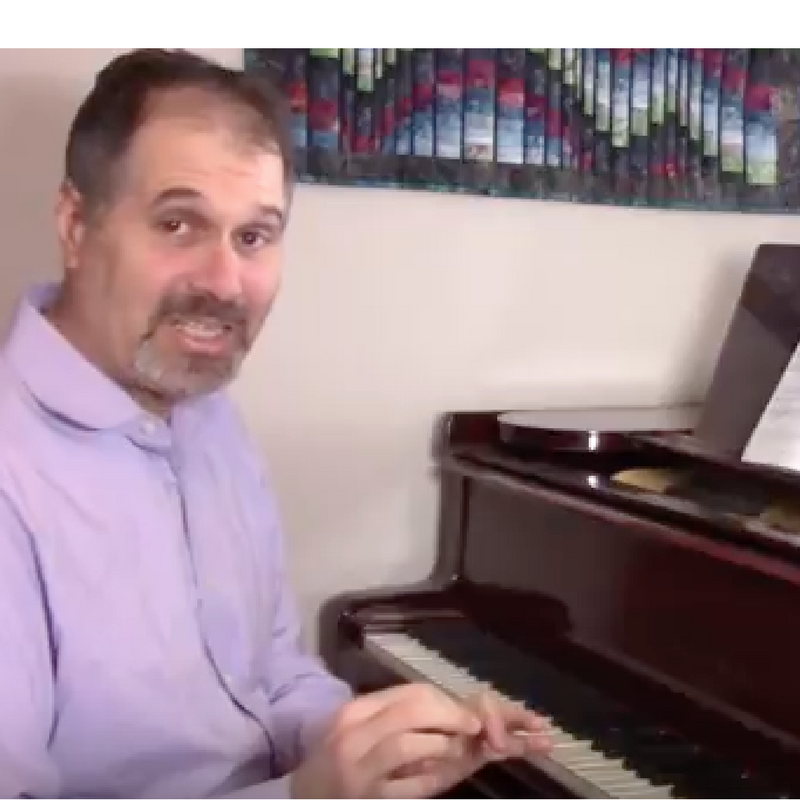
Have you ever sat down at the piano and to play a difficult jazz tune and found that you didn’t sound as good as you wished? Of course you have, and so have I. I think we’ve both felt how frustrating this can be!
Fortunately, we’ve been given some help from those who’ve come before us. Wouldn’t it be a big help, for instance, to know how someone as great as Charlie Parker practiced jazz? (And yes, believe it or not, he actually had to practice too!)
In 1987-88, I was lucky enough to be Gerry Mulligan’s assistant, and in addition to hearing him play great music on his baritone sax all the time, I was fortunate to also learn a lot from what he told me about music. When he was younger, Mulligan had lived with Parker for a while, and had some great stories to tell about this experience. In regards to how Parker practiced, I forget if Mulligan told me this directly, or if I read it somewhere, but Parker apparently didn’t run through whole tunes all the time when he practiced. He would often just choose a few measures, and find as many ways as he could to melodically navigate those chords. (Can’t you just picture him doing that, on his alto sax?!)
I remember once, when I was frustrated about not being able to play Wayne Shorter’s “E.S.P.” with any degree of fluency. The chords seemed random to me and my solos sounded terrible. And then I remembered this “tidbit” about Charlie Parker and I decided to try it on the first 2 chords of “E.S.P,” which are very difficult to connect melodically. (It goes from an E7(#9) chord to an F Major 7th, which are about as unrelated as you can get!
After a while, though, I found that by slowing down, “forgetting” about the rest of the tune and searching for melodic connections between just these two chords, my improvisation began to gradually flow more. In fact, it began to sound pretty good! After I became comfortable improvising over the E7(#9) – FMaj7 pairing, I moved through the whole tune, a little at a time until I could play the whole piece better.
It’s really a wonderful way to practice difficult tunes and if you’ve never tried it, I highly recommend it. You just have to slow down and be willing to go one step at a time, instead of going through the whole song at once.
Here’s a demonstration of how it works at the piano:
As you can see, the whole idea it to just isolate a “bite-sized” portion of the chord progression and stay with that for a while. And, don’t think that you always have to improvise complex lines. Even if you find a common note or two and base your phrase around those notes, you’ll find that that can be even more effective that trying to play a lot of notes. The key is to connect the chords melodically, and to keep letting go of what you’ve just played and trying a new phrase.
It’s more about becoming fluent than always playing something that sounds “good, but careful.”
Have fun practicing difficult jazz tunes in this way. Besides “E.S.P.,” you can practice “Moment’s Notice,” “Dolores,” “Giant Steps,” “Countdown,”or “The Sorcerer” like this, among many others.
Good luck!
Learn the 5 Essential Left Hand Techniques with my free ebook: Left Hand Techniques for Jazz Piano
You’ll also get my weekly jazz newsletter with practice tips and inspiration

